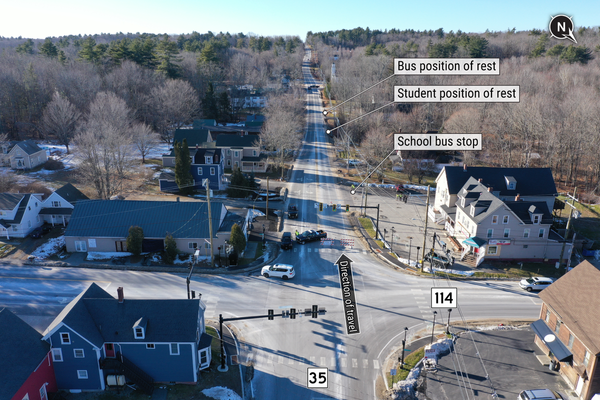
Hanna Tuulikki is inviting you to a bat rave: a party in the setting September sun, propelled by pulsing beats and lights. All being well, above your head will flit superskilled flying mammals – common and soprano pipistrelles, Daubenton’s bats – dining on insects attracted by your body heat. The bats have provided the tunes, too: an album of 13 dance tracks written by Tuulikki with Tommy Perman, all mixed from sampled echolocation calls from 14 species found in the UK.
Bat calls are ultrasonic – beyond the range of the human ear. The sounds Tuulikki and Perman used were recorded from a heterodyne bat detector, which translates them to audible frequencies. Hearing pipistrelle calls through a bat detector for the first time a few years ago Tuulikki was “struck by how much they reminded me of the Roland TB-303 synthesiser from the 1980s”. The squelching sounds of the 303 were foundational to acid house and techno: why not make dance music from bat echolocator calls?
The idea sat at the back of Tuulikki’s mind until she was invited to propose a project for Hospitalfield in Arbroath. The arts centre, set within its own grounds in a historic country house on Scotland’s east coast, was perfect for a playful, pipistrelle-centric piece. The recordings were gathered through an open call and include five bats local to Hospitalfield. In the spring of 2023, the bat rave (which is “silent” – transmitted over headphones so as not to disturb local bats) will tour other sites, including London’s Camden Art Centre.
The idea of holding a rave came from Timothy Morton (“I’m a bit of a fan girl,” Tuulikki confesses.) The Houston-based eco-philosopher’s experience of being part of a mass of dancing bodies informed their ideas about ecology. “Your boundaries become permeable,” Tuulikki explains. “It’s a model for ecological coexistence.” Morton makes a surprise guest appearance on the album. Mixed in with the echolocation calls of the barbastelle bat, they can be heard explaining that what we call the present “is in fact this pulsating, moving-without-travelling, vibrating thing”. A philosopher duetting with bats on a dance track? That’s seriously deep house.

Based in Glasgow, Tuulikki’s interest lies with what she terms the “more than human”. These are entities that Morton describes as “nonhuman people”: creatures and plants, rivers, insect colonies, mycelium networks and complex ecosystems. In her art, Tuulikki looks at extraordinary natural phenomena including bat echolocation calls, and at vernacular traditions of mimesis: the imitation of other species.
I first saw her work in 2019: a double-screen film called Deer Dancer, which explored the veneration and pursuit of deer in various cultures. Tuulikki drew on broad source material, including dances of the Indigenous Yaqui people of Sonora in Mexico, the Abbots Bromley Horn Dance of Staffordshire, and antler headpieces excavated from the Mesolithic settlement at Star Carr in Yorkshire. The result was a mesmerising choreography in which Tuulikki danced in costume as five archetypal characters – the Monarch, Warrior, Young Buck, Fool and Old Sage – to a haunting soundtrack she had composed and sung.
The voice is central to Tuulikki’s work. She duets with the bats on the album made with Perman, Echo in the Dark. In another recent work, Seals’kin, she revives Irish and Scottish traditions of seal calling and song, and legends of the selkies: “the mythic seal people who can step from water, shed their sealskin and walk the land in human form”.

“Seals and selkies were thought by some to be the souls of the departed,” says Tuulikki, who started Seals’kin after the death of a close friend last year. “Songs traditionally sung to call seals to the shore could have helped to negotiate grief by maintaining that connection.”
Commissioned for the Sydney biennale and showing as part of British Art Show 9 in Plymouth this autumn, Seals’kin is a “contemporary mourning ritual”, with Tuulikki drawing on her personal experience to ponder how people might grieve species and environments imperilled by the climate crisis. In the film, she serenades and mimics a lively family of grey seals, their whiskery faces watching her, curious, from the water of a narrow inlet. The spectacle is at once sad and endearing.
As part of the project, Tuulikki leads participatory workshops, teaching and improvising seal calling as a way of “making kin”. One session took place on the River Clyde as part of Cop26 in Glasgow last year: “Almost unbelievably, within half an hour a seal came – quite far into the city centre – it was magical.”
After the melancholy of Seals’kin, mixing rave tracks with bat calls is a celebratory step change, she says. “I’ve never made dance music before; it’s been amazing making work from a point of joy.”







